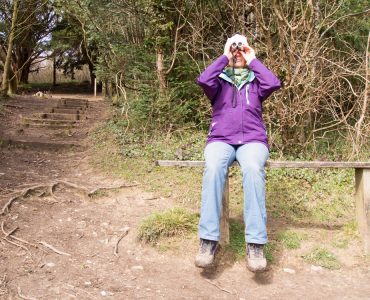Description
The Common Blackbird or Turdus merula scientifically, commonly weighs 80 to 125 grams and is approximately 23 to 29 cm in length. The wingspan can reach form 35 – 38 cm. There are over 100 different types of blackbirds.
A native of the Americas, blackbirds are also found throughout Europe, northern Scandinavia, north-western areas of Africa and Asia. These birds will migrate every other winter.
The blackbird prefers moist areas, but is also commonly found in recreational areas, wooded areas, gardens and on farmlands. They are not frightened by busy streets or people passing by.
Noted for its robust range of song, the male is characterized by its glossy coal black feathers, brightly coloured orange-yellow bill with a yellow ring around the eye. The bill will transform to a darker colour with cold weather. The males are very protective of their territory. The females have a dark brown plumage with dark legs and yellowish bills.
Feeding
Considered omnivores, eating both plants and animals, the blackbirds’ diet consists of large variety of insects, slugs, snails, worms and berries. Scavenging through leaves on the ground after a rain is the most effective way for the bird to find invertebrates.
Blackbirds have become an annoyance to farmers and local gardeners by its destructiveness to fruit, vegetable and berry crops.
Breeding
The male bird will try and catch the attention of the female with a courtship presentation of running back and forth with a head bobbing movement, its beak open and singing a low throttled song.
If the female is interested she will remain stationary. Not until she lifts up her head and tail will the male be allowed to copulate.
Nesting
The female or hen will construct a nest of grass and mud placed among trees and shrubbery. The female will have between three to seven eggs, or broods, with an average of four. The eggs are blue–green in colour with brownish marks. The incubation lasts between 12 and 15 days. When the chicks hatch they are sightless and do not have any feathers. Both parents take responsibility for feeding the young.
Fledging will occur on average of 10 to 19 days. The parents will continue to feed the young birds for two to three weeks after they leave the nest. The young birds will chase the parents begging for more food.
The hen may use the same nest for three broods if each brood has survived successfully.
The average lifespan of a Common Blackbird is a little over 2 years. The most common threats associated with these birds are house cats, foxes and sparrow hawks. Parasites and ticks also become problems for these birds with their constant foraging on the ground for food.
History
At one time the blackbird was considered a delicacy. The court jester would have the baker place live blackbirds in a pie covered with crust to amuse the royal party with the baker waiting in the wings with a fresh pie. Blackbirds are still prepared in wild game recipes and ate out of necessity.
Blackbird
Let us know if you liked the post. That’s the only way we can improve.









